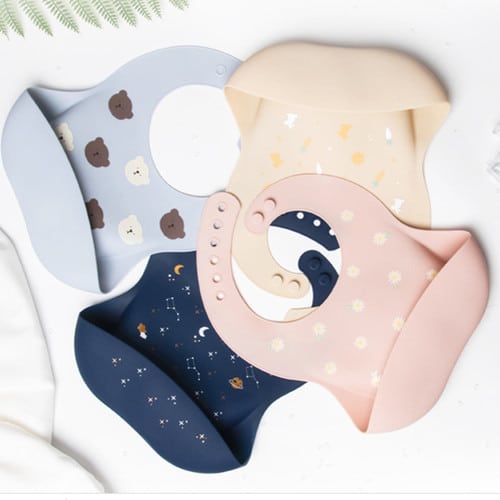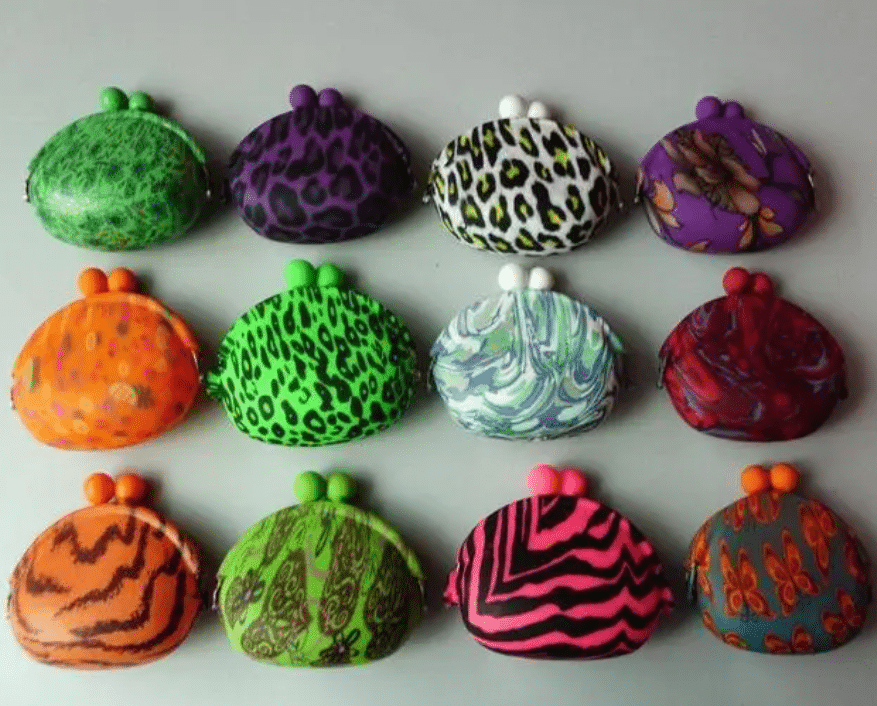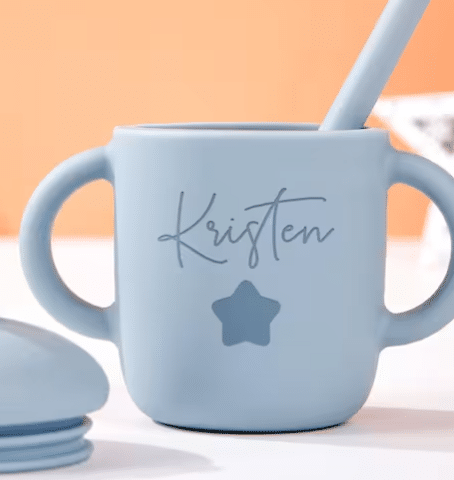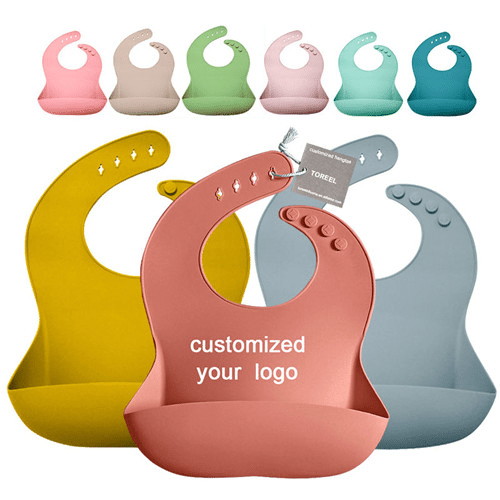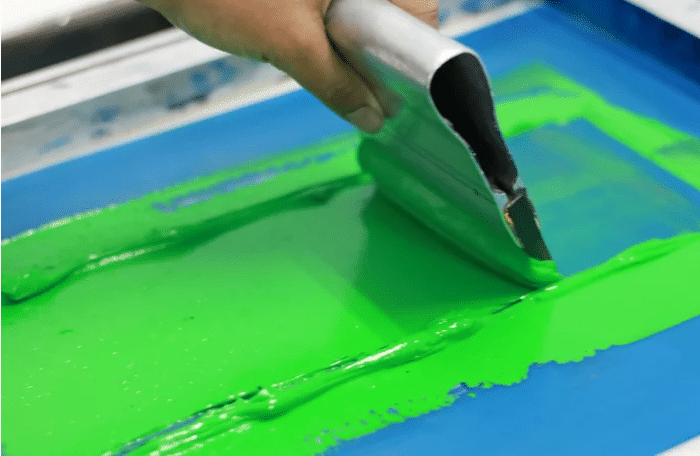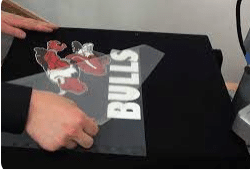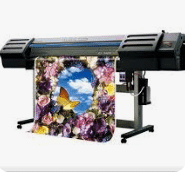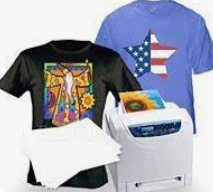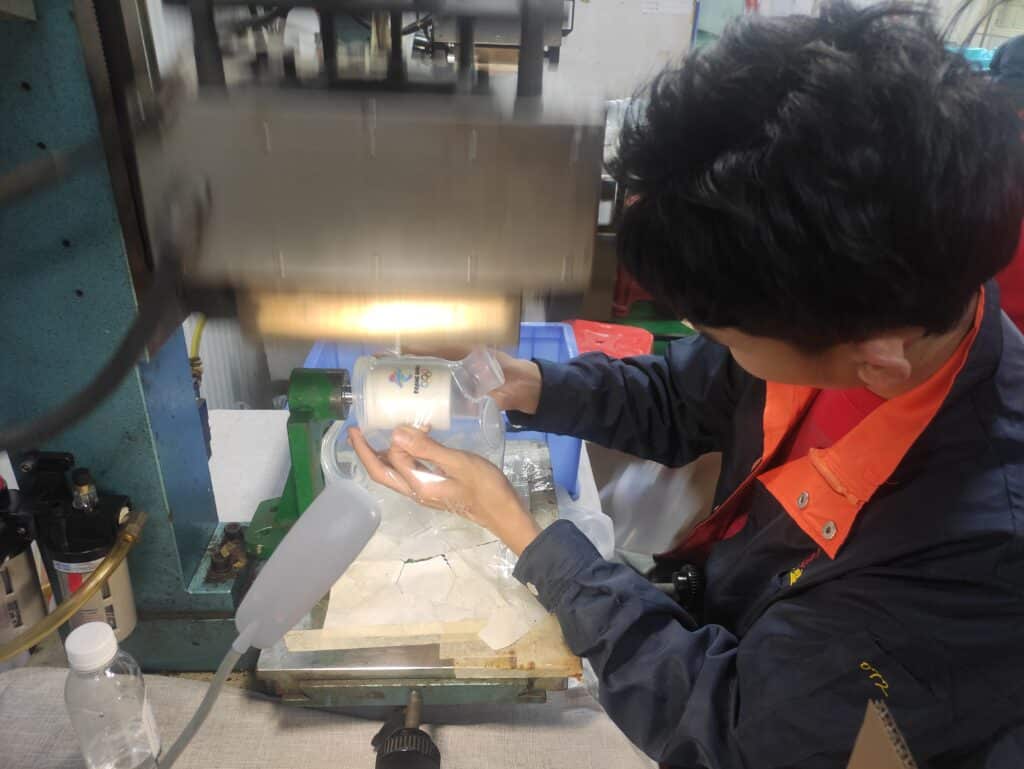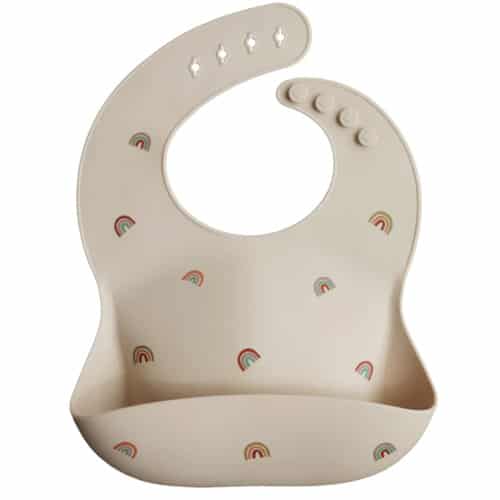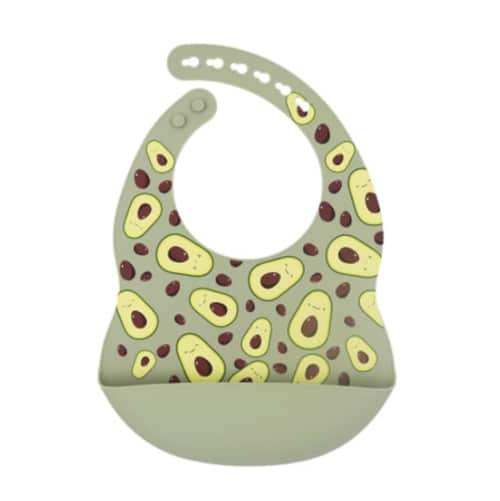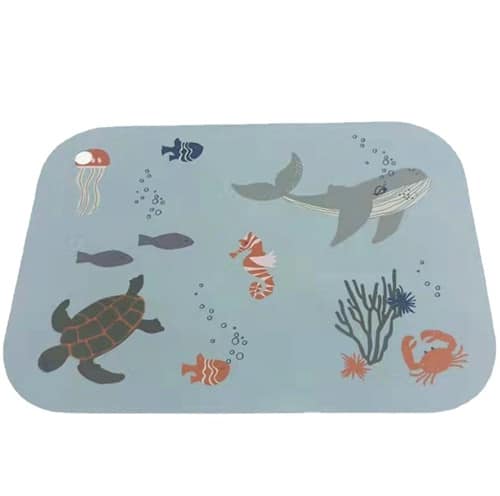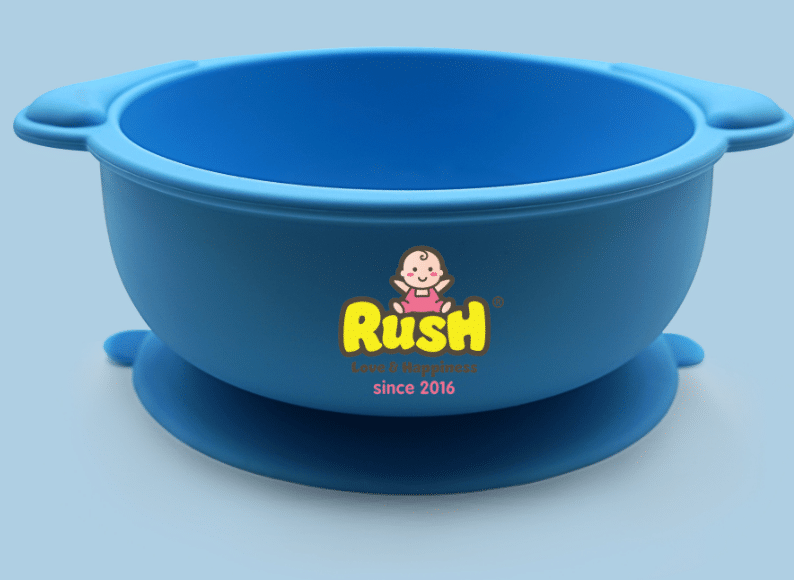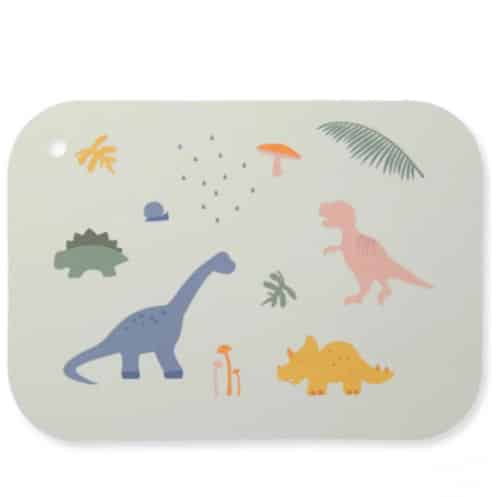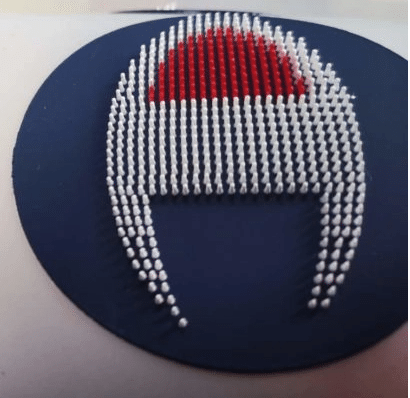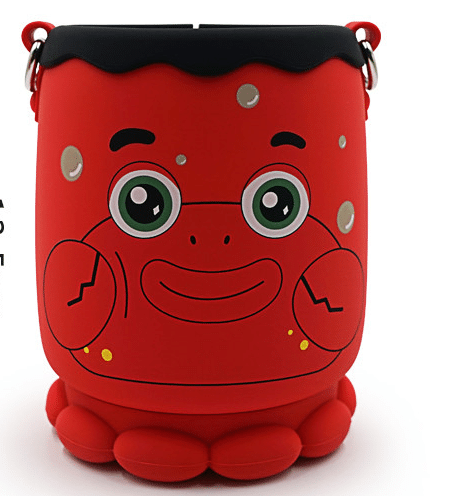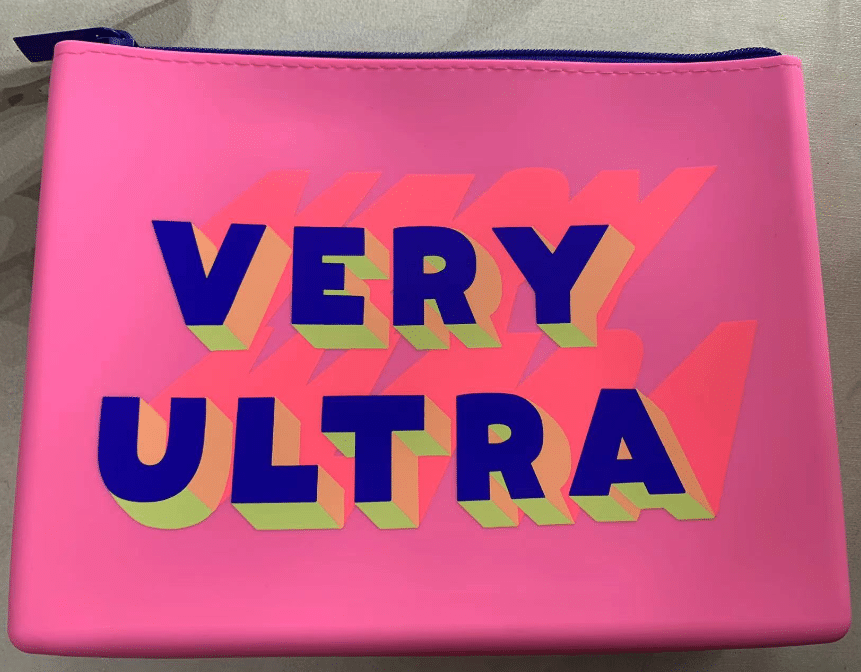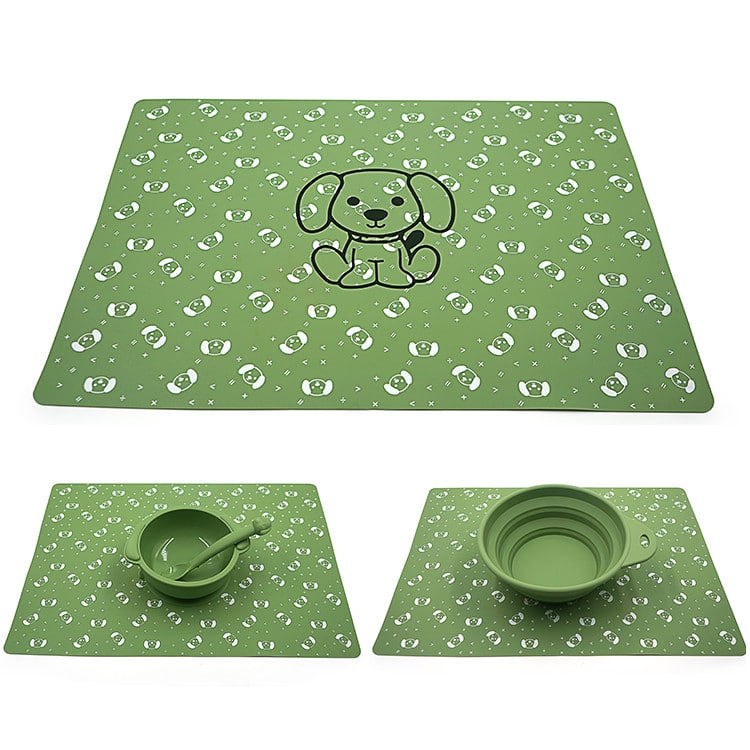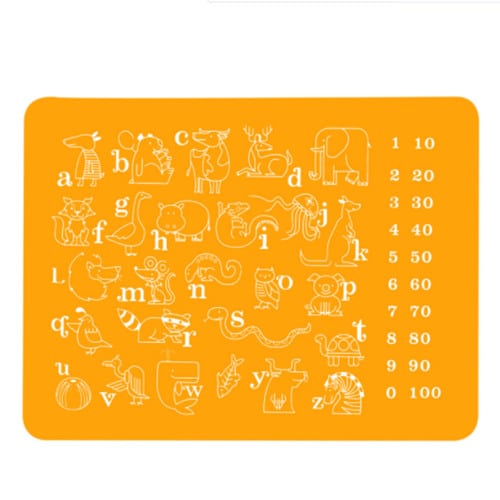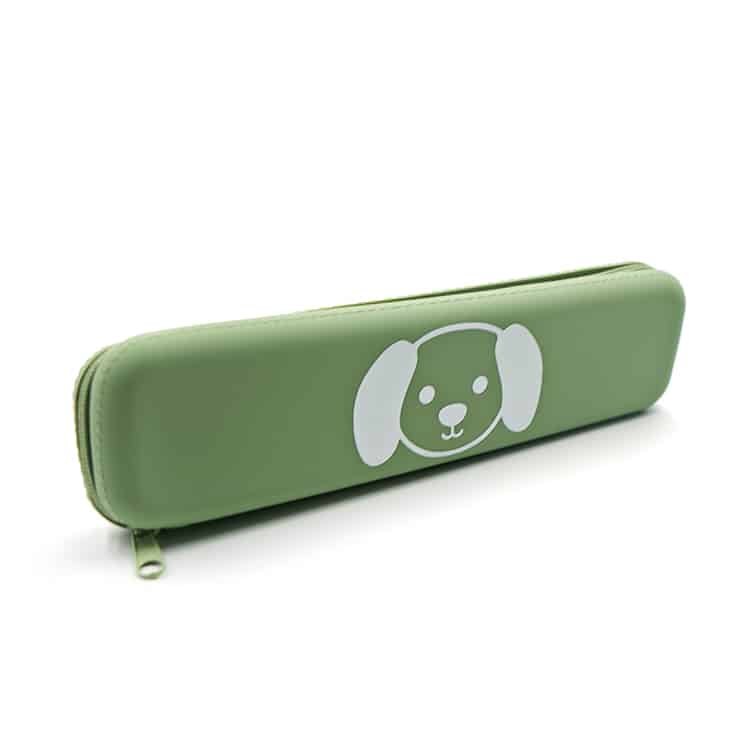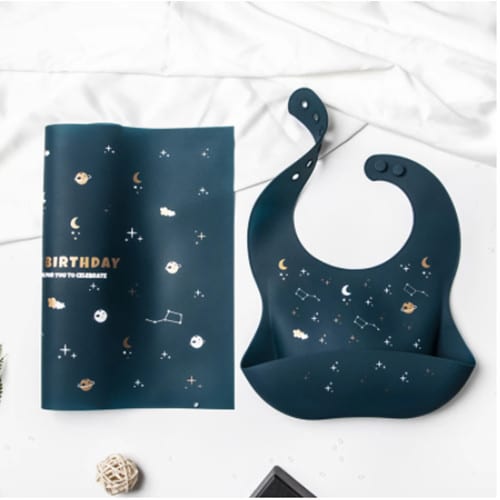Heat Transfer Printing process: Print Patterns On Silicone Product
Introduction
Heat transfer printing is a popular printing method used to create designs on various materials, including fabric, paper, plastic, and even silicone baby bibs. This printing method involves using heat and pressure to transfer a design onto a surface, resulting in a permanent bond between the design and the material.
In this article, we will explore the basics of heat transfer printing, including what it is, its history, how it works, different methods, advantages and disadvantages, applications in various industries, equipment and materials required, tips for achieving high-quality prints, and frequently asked questions.
What is Heat Transfer Printing?
Heat transfer printing is a printing method that involves transferring a design onto a surface using heat and pressure. The design is printed onto transfer paper using a special type of ink, then transferred onto the surface using a heat press. The heat and pressure applied during the transfer process cause the design to bond with the material, resulting in a permanent, high-quality print.
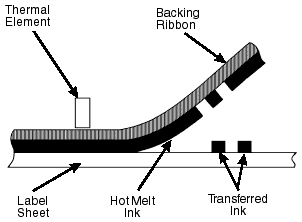
From wiki
A Brief History of Heat Transfer Printing
Heat transfer printing has been around since the 1950s when it was primarily used for transferring designs onto fabric. Over the years, advancements in technology and materials have made it possible to use heat transfer printing on a wide range of substrates, including silicone baby bibs.
How Does Heat Transfer Printing Work?
Heat transfer printing works by using heat and pressure to transfer a design onto a substrate. The design is printed onto transfer paper using a special type of ink that is compatible with the substrate. The transfer paper is then placed onto the substrate, and the heat press applies heat and pressure to transfer the design onto the substrate. The heat and pressure cause the ink to bond with the substrate, resulting in a permanent, high-quality print.
How to print on silicone Products?
Water Transfer Printing Pattern or Logo on Silicone Products
Pad Printing Pattern or Logo on Silicone Products
Laser Engraving Patterns or Logos on Silicone Products
How to Print Logo or Pattern on Silicone Bibs?
Screen Printing: Print Patterns On Silicone Products
Different Types of Heat Transfer Printing Methods
There are different types of heat transfer printing methods, including:
Plastisol transfer printing
Plastisol Transfers are screen-printed designs that are printed on a unique heat transfer (release) paper rather than screen printing directly to a garment. Once the design is screen printed onto the sheet, the printed heat transfer sheets are ready to be transferred onto any garment (t-shirts, sweatshirts, hats, etc.) with a heat press.
Sublimation transfer printing
Sublimation shirt printing is a specific process of printing that first involves printing onto a special sheet of paper, then transferring that image onto another material (usually polyester or a polyester mix). The ink is then heated until it disintegrates into the fabric.
Laser transfer printing
Laser Transfer Printing is a laser-based solution for digital printing with ceramic pigments. Ceramic colors can be transferred to flat glass with previously unknown precision.
Inkjet transfer printing
Inkjet transfer or inkjet photo transfer is a technique to transfer a photograph or graphic, printed with an inkjet printer onto textiles, cups, CDs, glass and other surfaces. A special transfer sheet, usually ISO A4 size, is printed on a regular inkjet printer. Our silicone baby products were printed by inkjet transfer printing.
heat transfer printing service
JUTION provides professional thermal transfer printing services. We can perform heat transfer printing of logos and patterns on various silicone products according to user needs.
If you need small batches of custom-designed products and require full-color patterns or logos, we recommend using heat transfer printing services. Connect with Jution Silicone Today to Enhance Your Brand’s Visibility with Custom Silicone products by heat transfer printing decoration.
Advantages and Disadvantages of Heat Transfer Printing
The advantages of heat transfer printing include:
- The ability to produce high-quality, full-color prints
- The ability to print on a wide range of substrates
- The ability to produce small runs and custom designs
- Cost-effective for smaller orders
The disadvantages of heat transfer printing include:
- Limited durability
- Limited color accuracy
- Limited washability
- Limited stretchability
heat press materials
Thermal printing on silicone:
Heat transfer printing can be used on silicone surfaces to create designs, patterns, or logos.
In your quest to achieve the perfect silicone transfer print, it is important to keep a few things in mind. Here is a list of some of the best practices that you can follow for optimal success:
Use Precision Transfer Pads: Lastly, only go with transfer pads that match the design size and shape. This ensures that contact with the substrate can be optimized. Also, only select pads with appropriate hardness and flexibility for accurate transfers.
Thermal printing on fabric
A heat press enables you to transfer graphics, logos, artwork, etc. onto an item of your choosing. The item you are printing on is called your substrate and is oftentimes apparel or other soft goods.
thermal transfer printing on plastic
Thermal transfer printing is the latest technology perfectly suited for printing on plastic products
Applications of Heat Transfer Printing in Different Industries
Heat transfer printing has various applications in different industries, including fashion, sports, home décor, and marketing. It is used to create custom t-shirts, jerseys, hats, bags, and silicone products.
Choosing the Right Substrate for Heat Transfer Printing
The substrate is the surface that the design will be transferred onto, and it is essential to choose the right one for heat transfer printing. The substrate should be smooth, flat, and clean to ensure that the design transfers correctly. Some common substrates for heat transfer printing include cotton, polyester, and silicone.
Equipment and Materials Required for Heat Transfer Printing
To do heat transfer printing, you will need the following equipment and materials:
- Transfer paper
- Heat transfer vinyl or ink
- Heat press
- Substrate (e.g., silicone baby bib)
Tips for Achieving High-Quality Heat Transfer Prints
To achieve high-quality heat transfer prints, follow these tips:
- Choose high-quality transfer paper and ink: Using high-quality transfer paper and ink will ensure that your prints look great and last longer.
- Prepare the substrate properly: Make sure the substrate is clean, dry, and free of wrinkles before applying the transfer.
- Use the right settings on the heat press: Make sure the heat press is set to the right temperature, time, and pressure for the type of transfer paper and substrate you are using.
- Apply even pressure: Apply even pressure across the entire design to ensure that the transfer is smooth and free of wrinkles.
- Peel the transfer paper carefully: Allow the transfer to cool down before peeling off the transfer paper, and peel it slowly and carefully to avoid damaging the print.
Frequently Asked Questions about Heat Transfer Printing
Conclusion
Heat transfer printing is a versatile and cost-effective printing method that can be used to create high-quality, full-color prints on various substrates, including silicone baby products. With the right equipment, materials, and techniques, you can create beautiful and long-lasting designs that are sure to impress. Whether you are printing t-shirts, jerseys, hats, bags, or promotional items, heat transfer printing is a great choice for producing small runs and custom designs. Follow our tips and FAQs to get the most out of your heat transfer printing projects.

